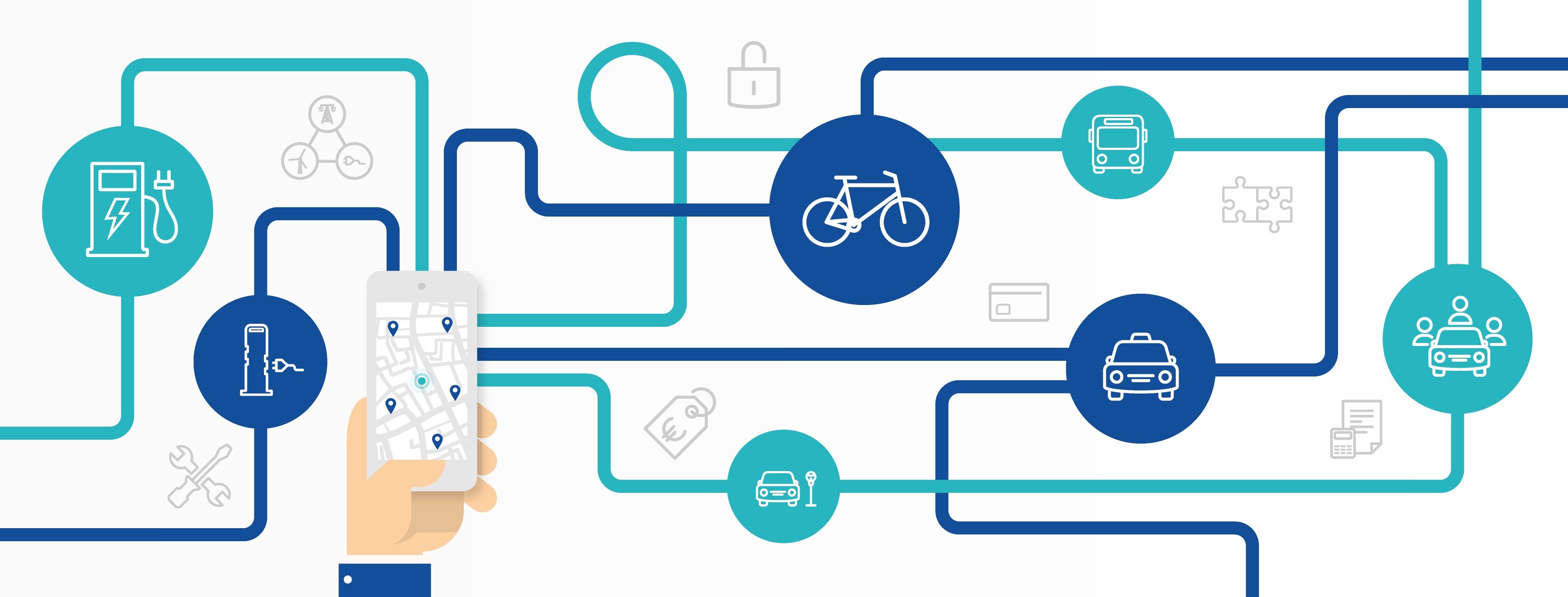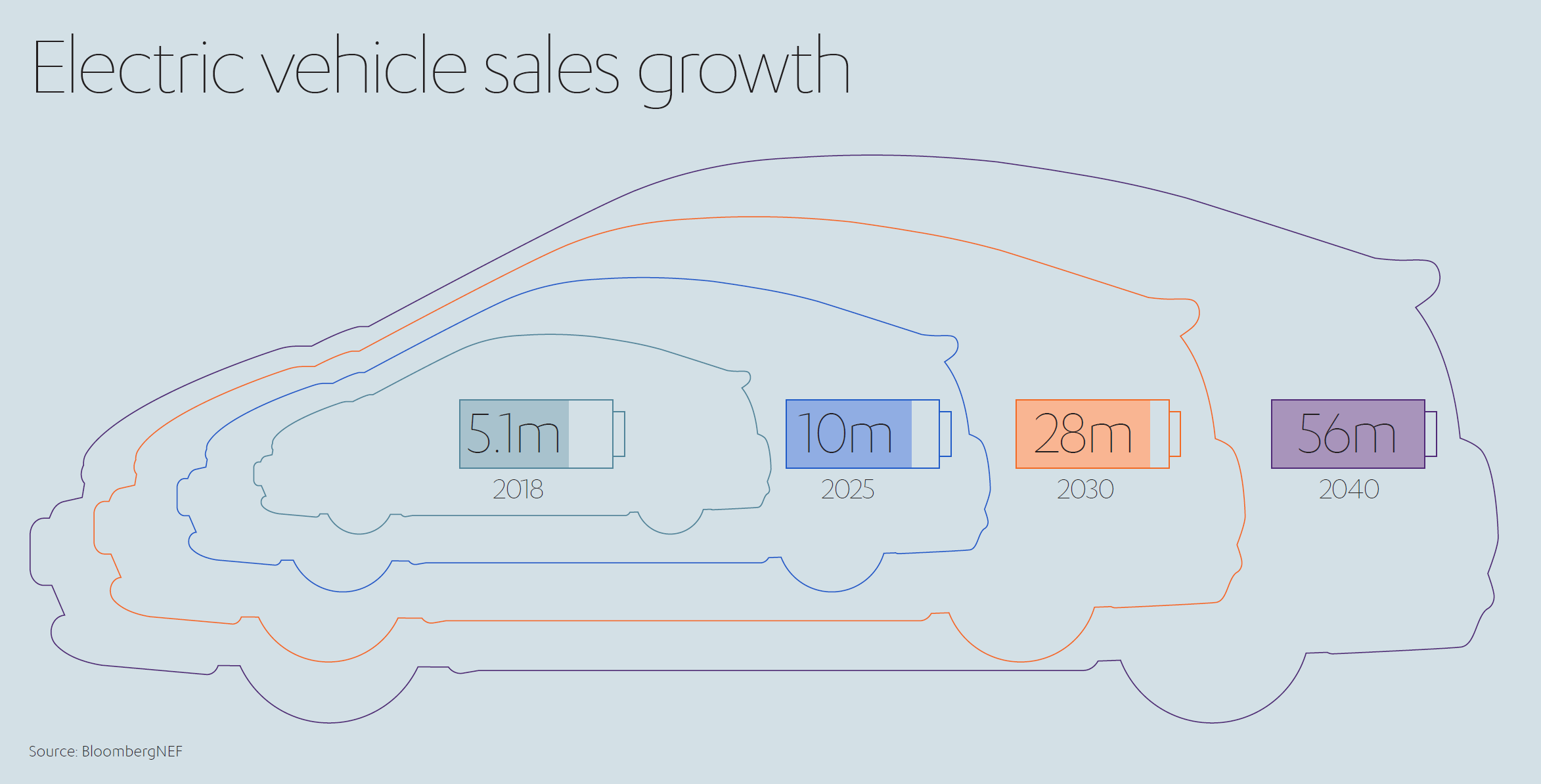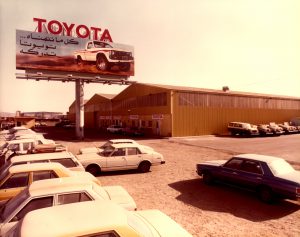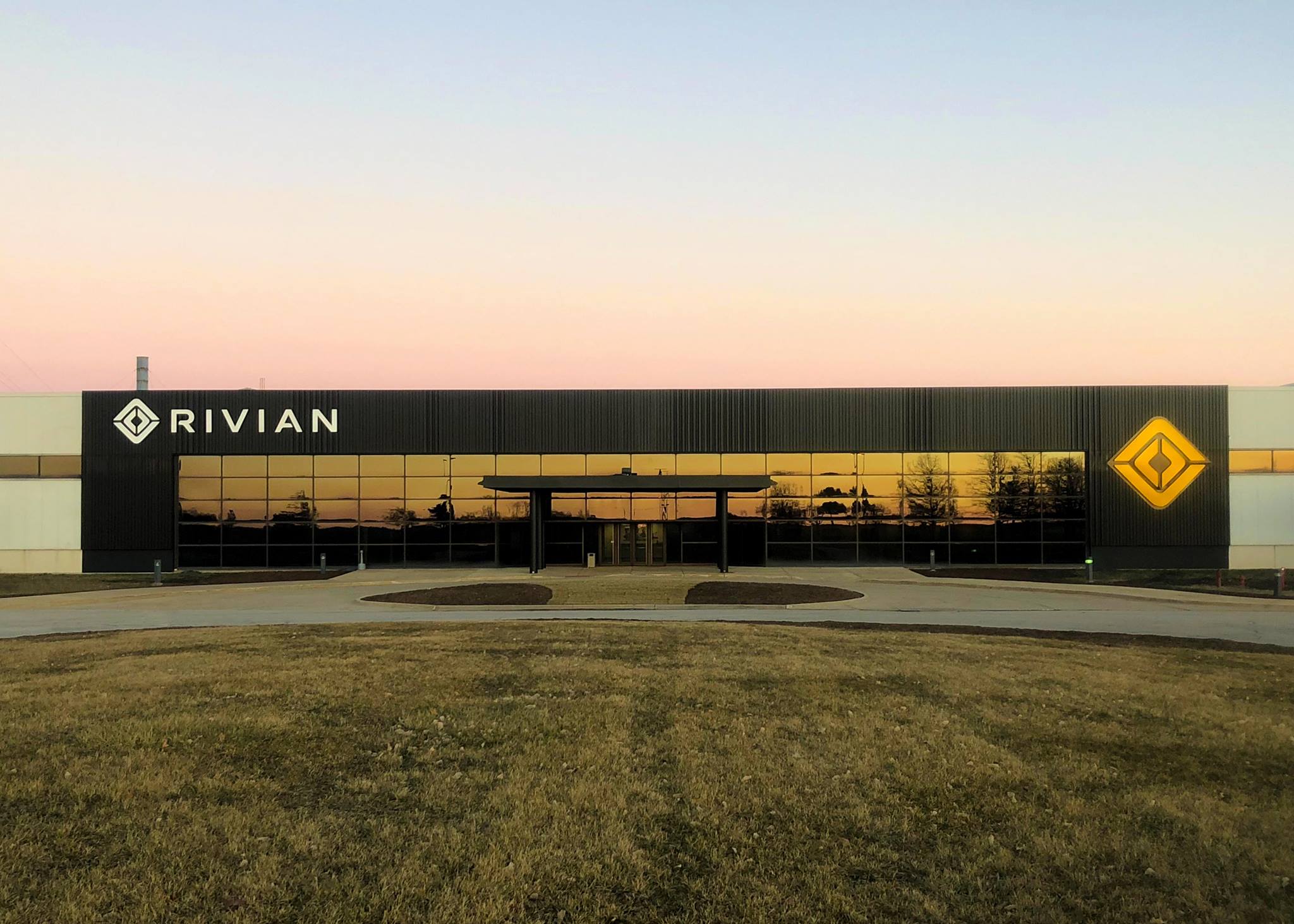Mobility: moving with the times
Our relationship with mobility could be on the verge of the biggest transformation since the motor car finally brought an end to thousands of years of horse-power.
The fossil-fuel powered automobile – with its’ internal combustion engine – has been ‘king’ in personal transport, for over a century, sweeping to supremacy via mass production and morphing from luxury status symbol into must-have necessity. Hardly surprising. Forty or fifty years ago there was room on the roads to drive and space by the kerbs to park. Gasoline was cheap (65 cents a gallon in 1978 compared to around US$ 2.50 40 years later[1]) and so-called ‘baby boomers’ pounced.
And yet, even pre-pandemic our reliance on motor car was waning. The looming climate crisis coupled with chronic traffic congestion (roads now host more than a billion motor vehicles globally[2]) meant private cars, in their traditional sense, had begun to occupy a diminishing spot within an increasingly intricate global transport network and interconnected ecosystem.
This pace of change looks set to accelerate even further in the coming years as our society looks for ever faster, cleaner and more efficient ways to move large numbers of people and goods around the planet.
Will these changes herald the death of the private motor vehicle? Only the bold would claim that. But undoubtedly there will be fewer cars and a sometimes futuristic-looking new range of transport options for getting from A to B.
As global consultancy Deloitte states in its ‘Governments and the future of mobility’ report[3], “Creating and maintaining a new mobility ecosystem will require rethinking traditional ways of doing business”.
How MaaS will change the way you move
Joined-up journeys are the destination of choice – and that’s where Mobility-as-a-Service (MaaS) will flourish.
If MaaS is new to you, imagine an ecosystem of mobility options condensed into a single handy interface – an app on your smartphone, for example. It’s one of the ultimate manifestations of the so-called ‘Internet of Things’ (IoT).

The app could allow you to plot a journey spanning multiple vehicle modes, such as buses, trains, shared cars, electric scooters, even air taxis. All these permutations, calculated in one simple step, paid for in advance in a solitary transaction. Just press a couple of buttons on your phone, and wait to be whisked from A to B.
MaaS will succeed because it promises advantages for everyone: users, providers, the authorities and, crucially, the environment. These include:
- Fewer unnecessary journeys
- Lower pollution
- Less congestion
- Customer cost savings
Small wonder that the global MaaS market could be worth almost US$ 350 billion by 2024.[4]
“MaaS systems hold out the promise of a true win-win for all parties. They provide a fast, convenient transport solution for individuals. They reduce congestion, enabling greener, more livable urban communities and contributing to more efficient economies. And by reducing the overall number of vehicles on our roads – and the resulting pollution – they can play an important role in our journey towards net zero,” says Fady Jameel, Deputy President and Vice Chairman, Abdul Latif Jameel.
The future is electrifying!
It certainly looks that way for personal vehicle transport: more than 100 million new electric vehicles (EVs) are tipped to join the world’s roads over the next decade.
The shift is two-pronged, driven not just by manufacturers eyeing the next big opportunity but by policymakers, too. Today’s planners are more likely to be banning conventional cars from cities than encouraging them – the mayors of Paris, Madrid, Mexico City and Athens, for example, have vowed to outlaw the most polluting diesel vehicles from their city centers by 2025.[5]
If those EV projections still sound fanciful, consider the economic case. 2022 is deemed the ‘tipping point’ year when the price of owning and running EVs will fall to match internal combustion models.[6] And the shift is already happening. More than one million battery-powered and plug-in hybrids left forecourts in the first half of 2019 alone.[7]

China, perhaps inevitably, is leading the electric revolution, with hundreds of EV makers active and prices for mini-EVs starting as low as US$ 6,250.[8]
The tumbling cost of EVs is spurred by a steep decline in the cost of battery power. The relative expense of batteries was long seen as one of the key major stumbling block for EVs going mainstream. Yet even this hurdle is fast receding.
By 2025, the battery component of an EV should represent no more than 20% of its total cost, down from 57% as recently as 2015.
Together with more efficient motors and inverters, this should translate to a 25%-30% fall in overall EV prices by 2030.[9] Too tempting to refuse for many families with an eye on green credentials.

So much for battery cost, but what about battery technology? A new generation of batteries promises to store dramatically more energy in a compact space.
Research is ongoing into a further battery evolution which could dispense with heavy metals like nickel and cobalt entirely, instead sourcing all materials from ordinary seawater, reducing their environmental impact. Others believe ‘solid state’ batteries, utilizing nonflammable electrolytes, are the future.
With miles-per-charge still variable, charging facilities are going to be a critical piece of infrastructure. Promisingly, governments everywhere are investing heavily in expanding the network of plug-in points: US$ 1 billion in California, US$ 50 million in the UK.[10]
Recharge times are also set for electrifying improvements. Using a standard home charging point, a typical EV can take eight hours to replenish its charge.[11] But innovations are coming thick and fast. Recharges of the future might take a matter of minutes, according to one tech start-up[12].
EVs are anticipated to comprise 10% of all vehicle sales by 2024, with sales exploding from 4 million in 2020 to 21 million annually by the start of the next decade.[13]
EVs are not the only game in town. There have also been huge advances in hydrogen-powered vehicles. Fatih Birol, executive director of the International Energy Agency (IEA) and chair of the World Economic Forum’s Energy Advisory Panel, says hydrogen is “gaining new momentum and attracting fresh interest from governments and businesses well beyond the auto-industry.”[14]
Mercedes-Benz, BMW, Korean giant Hyundai, US hydrogen-vehicle pioneer Nikola and long-standing Abdul Latif Jameel partner Toyota Motor Corporation are all developing hydrogen-powered vehicles. Toyota has long maintained that hydrogen fuel cell technology can offer a sustainable zero emission solution across a broad spectrum of vehicle types and sees global sales of fuel cell electric vehicles increasing significantly after 2020. In line with these expectations, it plans to produce over 30,000 fuel cell electric cars annually after 2020 – notably its ground-breaking Mirai hydrogen car[15].
Smart and hands-free
To imagine a smart transport future, picture a city where road sensors and public transport network speak to central data hubs, which in turn convey live information to people’s phones and cars.
Digital signage and mobile apps can be used to transmit information about everything from delays to breakdowns, from optimum routes to free parking places. This streaming torrent of knowledge will help increasingly determine which journeys people undertake, when, and via what means.
For instance, research suggests that smart transport grids can cut commuting times by 15%-20% – equivalent to 30 minutes or more in developing cities.[16]
Increasingly, it won’t be you making these data-driven decisions; that’ll be the job of the vehicle in which you’re reclining. Within a decade of regulatory approval, it is estimated that firms operating driverless vehicles will account for more than half of the US vehicle stock, slashing the number of passenger vehicles on American roads from 247 million currently to 44 million by 2030[17].
We’re along for the journey too

As pioneers in the mobility sector, at Abdul Latif Jameel we always have one eye on the road ahead.
It was three-quarters of a century ago that our founder Abdul Lateef Jameel opened his first motor outlet in Jeddah.
A portfolio of international partnerships later, we’re not just observing the journey towards a clean, green and driverless future – we’re helping steer the industry.
Back in 1955, we established our inaugural Toyota distributorship in Saudi Arabia.
Our relationship with Toyota now extends across North Africa, Asia and Europe and we’ve helped to make the Toyota Prius the world’s best-selling hybrid vehicle.
We were also responsible for launching the Lexus brand in Saudi Arabia in 1989, and one year later consolidated our industry footing by founding an automotive accessories and conversion business.
As our success grew, more partnerships prospered for both passenger and commercial vehicles which over the years has included Daihatsu, Subaru, Foton, Hino, also with US auto-giant Ford in Egypt.
We now encompass the whole experience of ownership, from pre-owned vehicles and body repairs to personalizations and telematics. Aftermarket care comes via DJ Auto and DJ Parts, which began as joint ventures with Japanese component manufacturing giant DENSO, today, housed as part of FBK Manufacturing in Malaysia. Thanks to these collaborations we now supply specialist spare parts through a chain of international distribution networks.
With our acquisition of UAE-based NSV in 2016, with locations in India and West Coast USA, we positioned ourselves as key players in the development of integrated high-tech accessories, and modifications serving the auto-OEM, from compressors and in-car entertainment systems to laser shades and body kits.
As for the future? We’re positively banking on it.

We were an early-stage investor in US automaker RIVIAN whose trailblazing designers, engineers and techies, are currently building semi-autonomous electric SUVs and pick-up trucks. The company recently sealed a deal with Amazon to deliver 100,000 electric delivery vehicles by 2030, as part of the retailer’s plan to go 100% renewable by that date.[18]
Looking to the skies, we have also invested in California-based Joby Aviation’s revolutionary electric air taxis, which can travel at 320kph and cover 240km on a single charge.
As the world rapidly journeys toward interconnected, on-demand, shared, subscriptional and, sustainable mobility, Abdul Latif Jameel continues our 75 year commitment to be a key global player in this transformational change –offering both distribution and retail solutions to automotive manufacturers and as a trusted investment partner to innovative mobility enterprises who are redefining the very meaning mobility in the new digital economy.
We’re aiming high, making high-stakes investments in the future of mobility. And what a future it will be. A mobility future that’s unrecognizable from today. A mobility future that’s cleaner, faster and smarter in every conceivable way – let’s get going.
[1] https://www.usinflationcalculator.com/gasoline-prices-adjusted-for-inflation/
[2] https://www.weforum.org/agenda/2016/04/the-number-of-cars-worldwide-is-set-to-double-by-2040
[3] https://www2.deloitte.com/insights/us/en/focus/future-of-mobility/government-and-the-future-of-mobility.html
[4] https://www.psmarketresearch.com/market-analysis/maas-market
[5] Gearing up for change: transport sector feels the heat over emissions
[6] https://www2.deloitte.com/content/dam/Deloitte/uk/Documents/manufacturing/deloitte-uk-battery-electric-vehicles.pdf
[7] http://www.ev-volumes.com/news/81958/
[8] https://www.jpmorgan.com/global/research/electric-vehicles
[9] https://www.bloomberg.com/opinion/articles/2019-04-12/electric-vehicle-battery-shrinks-and-so-does-the-total-cost
[10] https://www.bbc.co.uk/news/business-48913028
[11] https://pod-point.com/guides/driver/how-long-to-charge-an-electric-car
[12] https://echiontech.com/news.php
[13] https://www2.deloitte.com/content/dam/Deloitte/uk/Documents/manufacturing/deloitte-uk-battery-electric-vehicles.pdf
[14] How hydrogen can offer a clean energy future, World Economic Forum, 5 June 2019
[15] https://www.toyota.co.uk/world-of-toyota/environment/fuel-cell-vehicle
[16] https://www.mckinsey.com/industries/capital-projects-and-infrastructure/our-insights/smart-cities-digital-solutions-for-a-more-livable-future
[17] https://www.rethinkx.com/press-release/2017/5/3/new-report-due-to-major-transportation-disruption-95-of-us-car-miles-will-be-traveled-in-self-driving-electric-shared-vehicles-by-2030
[18] https://www.cnbc.com/2019/09/19/amazon-is-purchasing-100000-rivian-electric-vans.html





 1x
1x

 Added to press kit
Added to press kit


